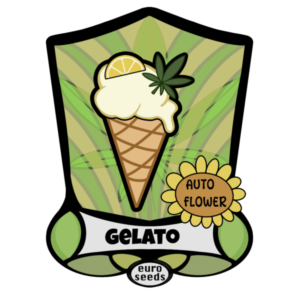| Pack of Seeds | 1 Seed Pack, 5 Seeds Pack |
|---|
All Products, Autoflowers, Barney's Farm, Seeds
Cheese Auto Flower (Barneys’s Farm)
₹2,190.00 – ₹10,450.00
SKU: N/A
Categories: All Products, Autoflowers, Barney's Farm, Seeds
Be the first to review “Cheese Auto Flower (Barneys’s Farm)” Cancel reply
Related products
-
All Products
Purple Ryder Auto Flower Doctor’s Choice
₹2,402.00 – ₹7,200.00 Select options This product has multiple variants. The options may be chosen on the product pageRated 0 out of 5 -
All Products
Gelato Auto Flower
₹1,200.00 – ₹5,450.00 Select options This product has multiple variants. The options may be chosen on the product pageRated 0 out of 5







Reviews
There are no reviews yet.